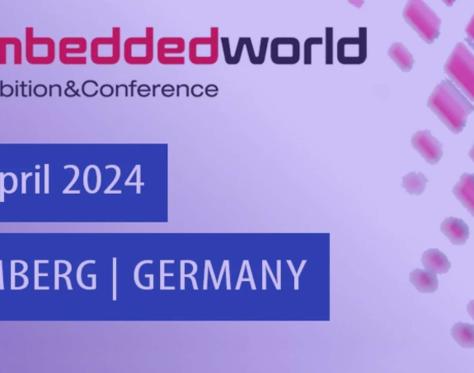Article content
Innovation in the automotive industry has always been synonymous with progress. From the invention of the assembly line to the rise of Next-generation vehicles with higher levels of driver automation and electric vehicles the evolution of automotive technology continues to shape our lives in profound ways.
However, in today's digital age, the Internet of Things (IoT) can bring unprecedented innovation to complement the evolution of the automotive segment.
The IoT Revolution
The Internet of Things, or IoT, refers to the network of interconnected devices embedded with sensors, software, and other technologies, enabling them to collect and exchange data. While IoT applications span various industries, its impact on the automotive sector is particularly profound.
Megatrends in Automotive Innovation
Several megatrends are driving innovation in the automotive industry, reshaping the way we perceive and interact with vehicles:
- Driver Safety Automation: Advanced Driver Assistance Systems (ADAS) leverage automotive semiconductor advancements to enhance driver safety. From collision avoidance to lane departure warnings, these systems rely on real-time data to mitigate risks on the road.
- In-Cabin User Experience: Connectivity is revolutionising the in-cabin experience, offering personalised settings, voice assistants, and advanced Human-Machine Interaction (HMI) design. Balancing safety with user-friendly interfaces remains a key challenge in this domain.
- Electrification: The transition to Electric Vehicles (EVs) and hybrid EVs marks a significant shift towards sustainability. Semiconductors plays a crucial role in optimising battery management and extending range, addressing key concerns in the electrification journey.
Challenges and Opportunities
While IoT presents immense opportunities for innovation in the automotive industry, it also poses several challenges:
- Architectural Complexities: Integrating IoT into automotive architectures requires navigating complex systems and ensuring interoperability across diverse ecosystems.
- Scalability Concerns: As the demand for IoT-enabled automotive solutions grows, scalability becomes a critical factor in ensuring seamless performance and compatibility.
Driving Innovation Forward
Despite these challenges, innovators in the automotive industry are rising to the occasion, pioneering solutions that harness the power of IoT to drive progress:
- IoT-Enabled Solutions: Companies are leveraging IoT technologies to develop cutting-edge solutions, from predictive maintenance to smart roadside infrastructure that communicates with vehicles to autonomous driving capabilities.
- Collaborative Partnerships: Strategic partnerships between automotive manufacturers, cloud technology companies, and intelligent transportation players are fostering collaboration and accelerating innovation.
As we look to the future, the convergence of IoT and automotive technology promises to revolutionise transportation, making it safer, more efficient, and sustainable. By harnessing the power of data and connectivity, we can unlock new possibilities and reshape the way we experience mobility. The intersection of IoT and automotive technology represents a nexus of innovation, where creativity, collaboration, and technological prowess converge to drive progress.
Explore further insights into this transformative intersection by tuning in to The IoT Podcast. In the latest episode, Chet Babla from indie Semiconductor discusses automotive megatrends and the vision of the uncrashable car. Join the conversation and stay ahead of the curve in understanding the transformative power semiconductors or automotive innovation is shaping the future of mobility. Listen










